41 low water pressure in kitchen sink
Finding low water pressure at the faucet in your kitchen is always a cause for concern. The problem could be a simple thing, like a closed valve or a blocked faucet. Or, something more serious could be at play, like a leak. In most cases, low water pressure in a kitchen sink is caused by a clogged aerator or cartridge. 07-12-2019 · Water storage tanks use gravity to deliver water. If a tank is positioned lower than your house, it could be the main culprit here. But, if the water pressure is low only in your shower, you can remove elevation from the list of suspects. Old Low-Flow Showerhead. You may have a water-conserving or low-flow showerhead.
A clogged aerator is probably the most common reason for low water pressure in the kitchen faucet. Luckily, it is the easiest one to fix too! An aerator is located at the end of the faucet spout. It maintains the water pressure by dividing the water flow into several streams, divided by air.

Low water pressure in kitchen sink
If the low water pressure is limited to a single faucet at your kitchen sink, it's likely that the problem can be remedied if you just focus on fixing that one fixture or the pipes serving it. The first culprit to consider is the aerator. Your water lines connect your appliances and sinks to the pipes in your home. If there's a break or leak in your kitchen sink's water line, it can leave your kitchen sink with low water pressure. You can check if this is the case by closing all faucets and water supply valves and taking a water meter reading. Another problem that can cause low pressure in your kitchen sink could be damaged water lines. Sediments, corrosion, and debris can take a toll on the water lines on your walls and under the floors. Water line breaks can become so bad that it affects the pressure in the kitchen faucets.
Low water pressure in kitchen sink. A kitchen faucet has many uses, making it one of our most important fixtures. For this reason, we need it to be in perfect working order all the time – and if the water pressure in our kitchen faucet is too low, it makes all kinds of daily chores more difficult.. The good news is, if this is a problem you are facing, it’s often easy to fix, and this means you will probably be able to ... 21-10-2020 · The water pressure can also be adapted by changing the amount of water that is raised above the water that is coming through the water line. Common Problems with Water Pressure If your shower’s water pressure is so weak you feel like barely nothing is coming out, or if your kitchen sink lets out only a few droplets of water, then you have a water pressure … Low water pressure in your kitchen sink can lead to a variety of problems. You might have low water pressure due to an obstruction or clog, which could be caused by sediment buildup, grease, or mineral deposits. If you are experiencing this issue, it is important that you address the problem as soon as possible before it worsens. If you notice low water pressure in the kitchen sink after replacing the water heater then this is not an issue of plumbing. This is an issue with the connection between the water heater and the faucet. Check the outlet of the water heater is fully open or not. If not then open it fully.
If you have little to almost no water pressure in your kitchen, try this.1/25/20 UPDATE: I found out that the reason the hot water kitchen faucet line was c... More often than not, the cause of low water pressure in a faucet could be blamed on the aerator. It is a small mesh at the end of the spout of the faucet that ensures the water flows in a single file every time you turn the tap on. Follow these steps to identify whether it is the aerator that is the culprit. Take the aerator off by rotating it ... Two main causes of low water pressure in kitchen sinks are clogged faucet aerators and blocked faucet cartridges. a) Clogged Faucet Aerator. A faucet aerator is the part of the sink located at the end of the spout. This aerator's job is to strain dirt and minerals from reaching your hands. A partially closed shut-off valve is one of the most common reasons for low water pressure in your kitchen. This is the valve located under the kitchen sink, and that restricts the water supply when you're fixing things such as a leaky drain or garbage disposal.
Low water pressure in kitchen sinks is generally caused by a clogged aerator or a cartridge. Water line breaks, routine repairs and leaking toilets are contributing factors too. Sometimes, a closed shut-off valve or Pressure Reducing Valve (PRV) could also be the cause. The kitchen sink is one of the most used areas in the home. Providing essential water and waste water services is only the start of what we do. Find out where we are now and where we plan to be in 25 years time. If you turn on your taps and find you have no water, or very low water pressure, it may simply be because there's work going on in your area. Our troubleshooting checklist will explain the possible reasons why and show you … What Causes Low Water Pressure In The Kitchen Sink? There are a number of potential culprits to consider when it comes to your water, and these can include: A clogged faucet or sprayer This is one of the most common culprits if you are experiencing low hot water pressure, but it is easy to identify and work out the best solution. When the water dribbles out of your faucet, it could be a sign of low water pressure in the kitchen sink. There might be an issue with the water supply affecting the entire street, or it could be something more localized, affecting your home. You need to investigate the source of the problem, but where do you start?
When the water in your plumbing fixtures slows to a trickle, you’re dealing with a sudden loss of water pressure. While it’s a frustrating problem, it’s also one that you can easily troubleshoot and, in some cases, fix on your own. Here are four things to …
The most common causes of low water pressure in a kitchen sink are a clogged aerator or a clogged cartridge. The aerator is the part of the faucet that is at the very end of the spout; it is the last thing the water touches before it comes out into the sink. Most aerators become clogged over time due to mineral deposits in hard water.
Low water pressure in the kitchen sink is not always due to a serious plumbing issue. If all of the other faucets in the house have good water pressure, the problem could be narrowed down to water lines, shutoff valves, a small leak or the faucet itself.
In a vast majority of cases, low pressure on your kitchen sink will be caused by either the aerator or the cartridge. Occasionally, the cause can be a leak or a defective shut-off valve. Try turning the hot and cold water shut-off valve on and off and see if there's a change in the water pressure.
Low water pressure in the kitchen sink is a common headache for many homeowners. Imagine having a sink full of dirty dishes and turning on the faucet only to find out dripping water. Several issues may cause this frustrating scenario.
The kitchen sink is the most-used water fixture in your home. Water pressure drops and low water are frustrating. Fortunately, fixing the problem is usually quick and inexpensive. Before you get to worried, check beneath your sink and ensure that one or both of the water supply valves did not somehow get turned so less water is allowed through.
Check the plumbing around and under your kitchen sink. If you notice standing or dripping water, a plumbing leak could be the cause of your low water pressure in the kitchen faucet. A quick call for plumbing service solves this problem. DIY Fixes for Kitchen Water Pressure Issues
If you have low water pressure in your kitchen sink thanks to a leak or sediment buildup, you can resolve the issue using this 5 step guide. If you have low water pressure in your kitchen sink thanks to a leak or sediment buildup, you can resolve the issue using this 5 step guide.
But, this isn't the only cause of low water pressure in your kitchen sink… The most common reason for low water pressure include: Aerator/Cartridge Clogs Leaks In The Plumbing Repairs Pressure Valve Issues Closed Shut-Off Valves Getting low water pressure can be annoying, but it can also be a sign that it's time to whip out your plumbing gear.
SOLVED - How to Fix Low Water Pressure in Kitchen Faucet in Easy Steps#HarjinderSidhu #LowWaterPressure #KitchenFaucetLowWater #SidhuDIY #EasySteps🙏 Shop on...
So, do you want to know 7 reasons low hot water pressure in the kitchen sink? This guide will help you understand the possible sources of the problem and possible solutions to each issue. 1. Leaking or Broken Pipes Post Navigation 1. Leaking or Broken Pipes 2. System Filter 3. Blockage in the faucet or sprayer 4. Problems with the water supply 5.
24-06-2020 · The first thing to check with low water pressure is the household water supply. Locate the water valves below the kitchen sink, and ensure the water valves are fully turned on (counterclockwise) to allow for full water supply to the faucet.
If the cold water tap in your kitchen sink is working but the hot water tap and/or the taps in your bathroom sink are not, then you may have an airlock in your internal plumbing. If this is the case please visit our Airlockspage. If after repeating these steps a number of times and you still have no water, you will need to call a plumber.
Another possible problem that can cause low water pressure in kitchen sink faucets is a clogged aerator. The faucet aerator helps regulate the stream of water to reduce splashing. But over time, it'll accumulate mineral buildup from calcium and limescale. This is especially true if you have hard water.
If you are suffering from the low water pressure in the kitchen sink, we understand your pain. Due to low water pressure, washing the dishes can become a nightmare as it increases the time and effort to get the job done. In other words, you will end up frustrated and a moment away from lashing out at your kids or other family members.
14-04-2021 · The kitchen, the bathroom, basement and outdoor faucets, and hose hookups are common areas where fixture specific low water pressure can occur. Run water in all faucets and showers in your home to identify if there is are one or multiple problem problem areas or to determine that all locations have low water pressure.
04-11-2020 · Faucets with low water pressure don’t run consistently while those with high water pressure can waste water and energy. Luckily, there are easy ways that you can adjust your water pressure for each faucet. If you want to increase pressure, you can try cleaning the aerator, rinsing the filter, or flushing the water supply lines.
Both the cartridge and aerator are major causes of low water pressure in the kitchen sink but not elsewhere. The cartridge's primary function is to sustain the faucet's water flow.
Another problem that can cause low pressure in your kitchen sink could be damaged water lines. Sediments, corrosion, and debris can take a toll on the water lines on your walls and under the floors. Water line breaks can become so bad that it affects the pressure in the kitchen faucets.
Your water lines connect your appliances and sinks to the pipes in your home. If there's a break or leak in your kitchen sink's water line, it can leave your kitchen sink with low water pressure. You can check if this is the case by closing all faucets and water supply valves and taking a water meter reading.
If the low water pressure is limited to a single faucet at your kitchen sink, it's likely that the problem can be remedied if you just focus on fixing that one fixture or the pipes serving it. The first culprit to consider is the aerator.



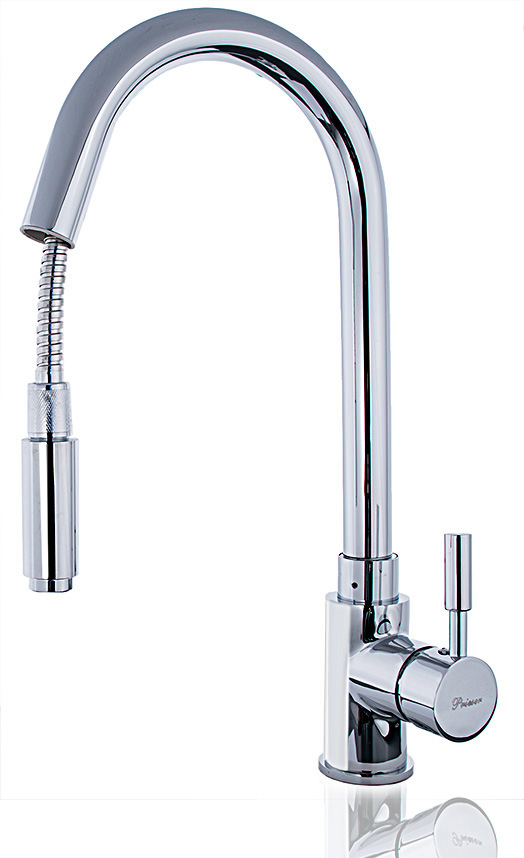











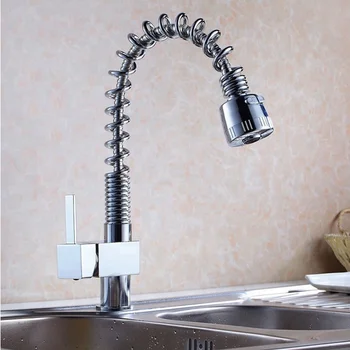
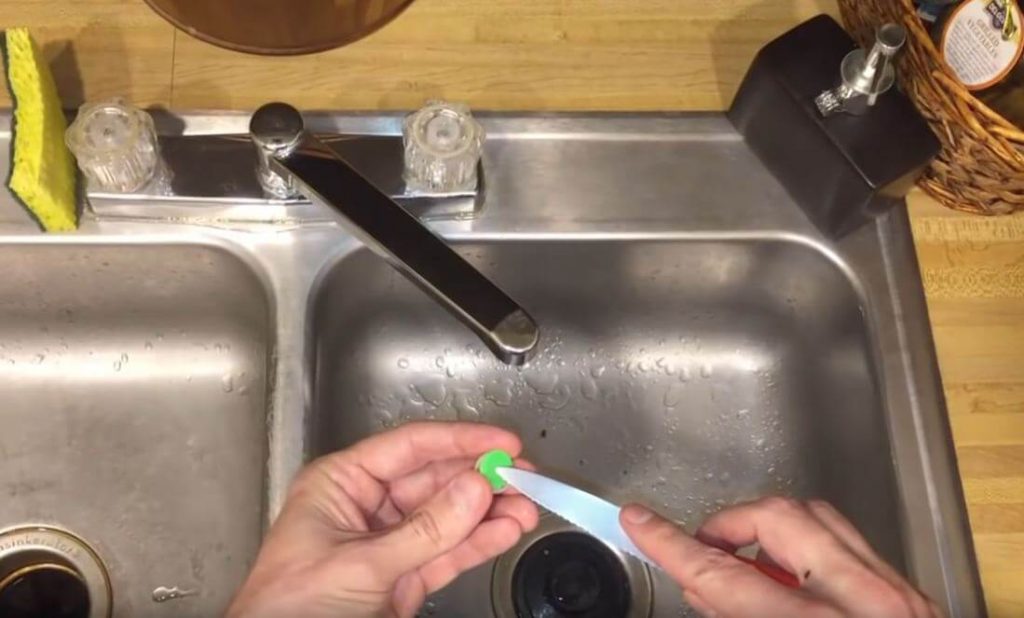

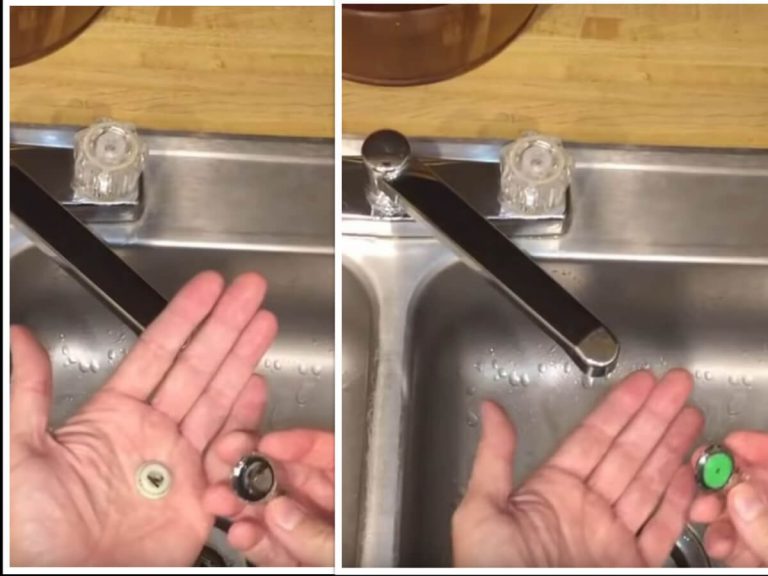


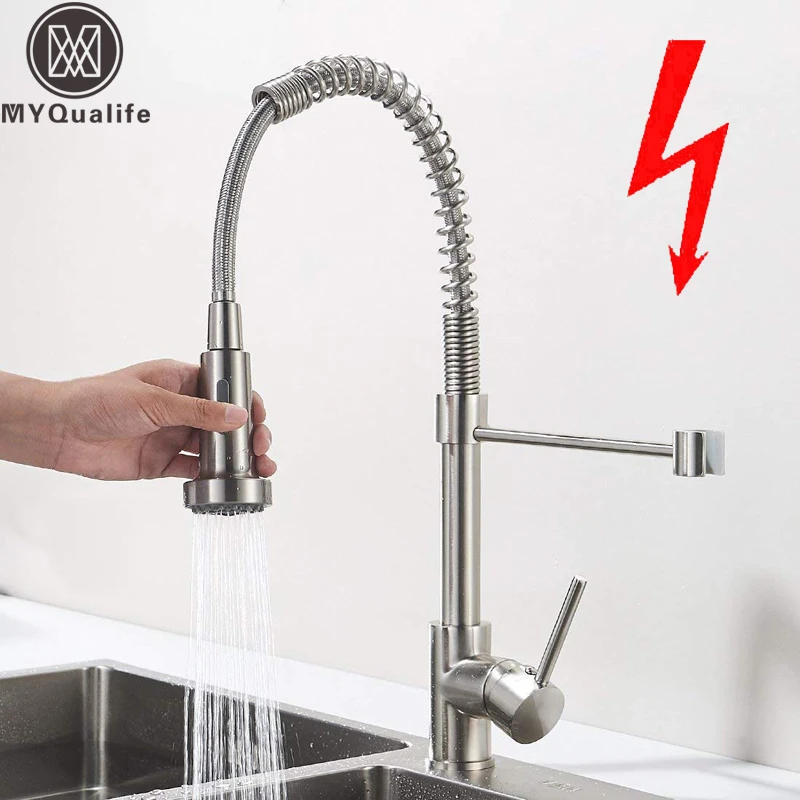



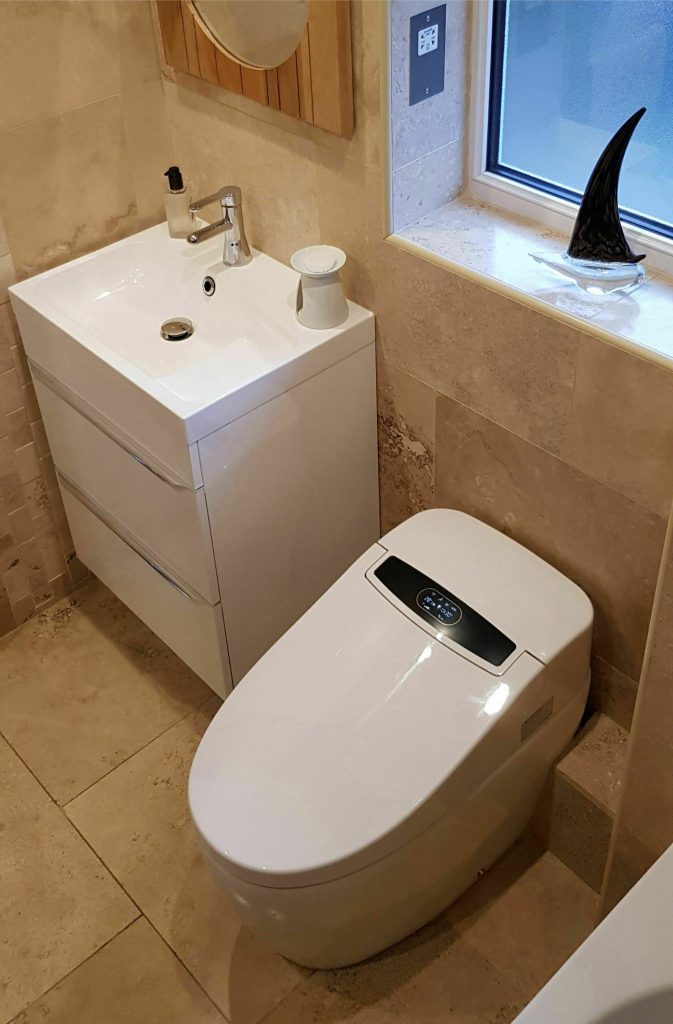


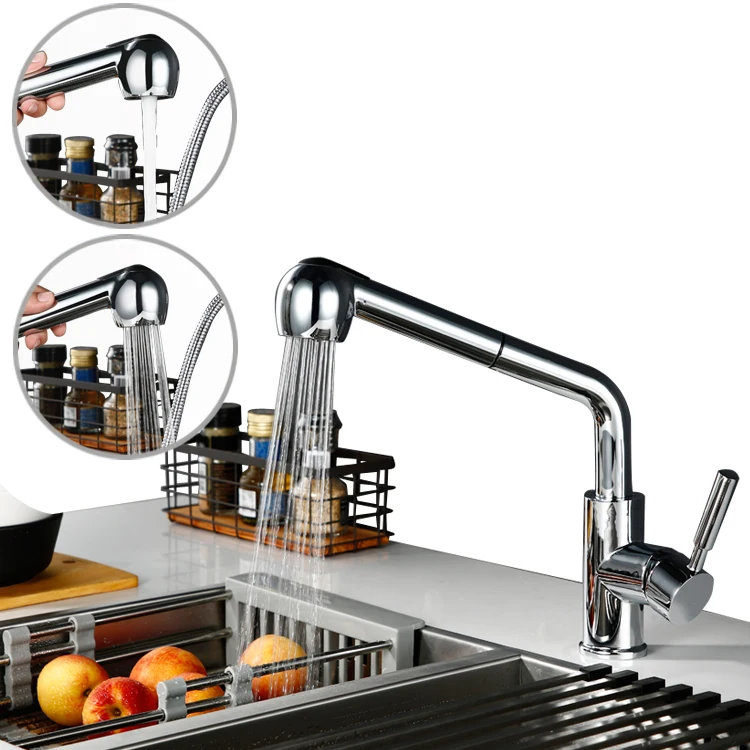

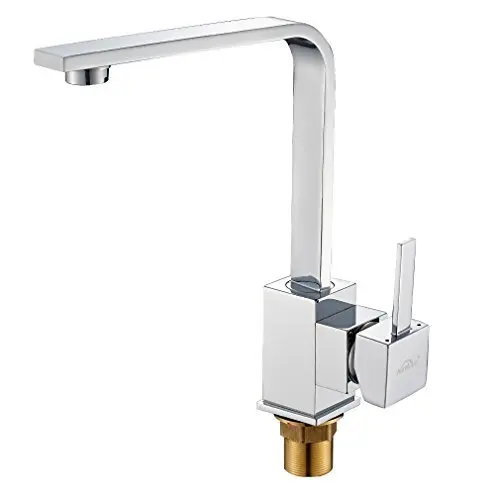
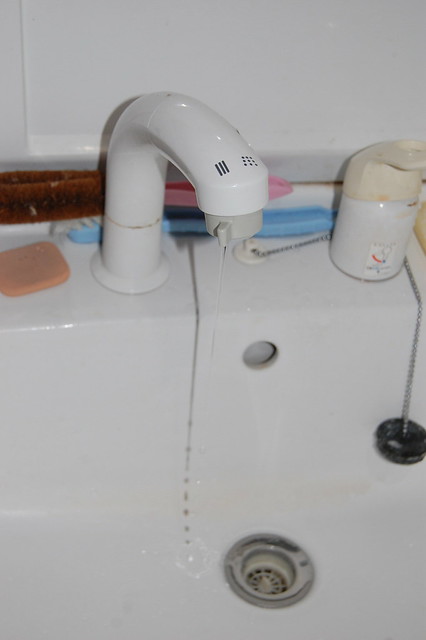

0 Response to "41 low water pressure in kitchen sink"
Post a Comment